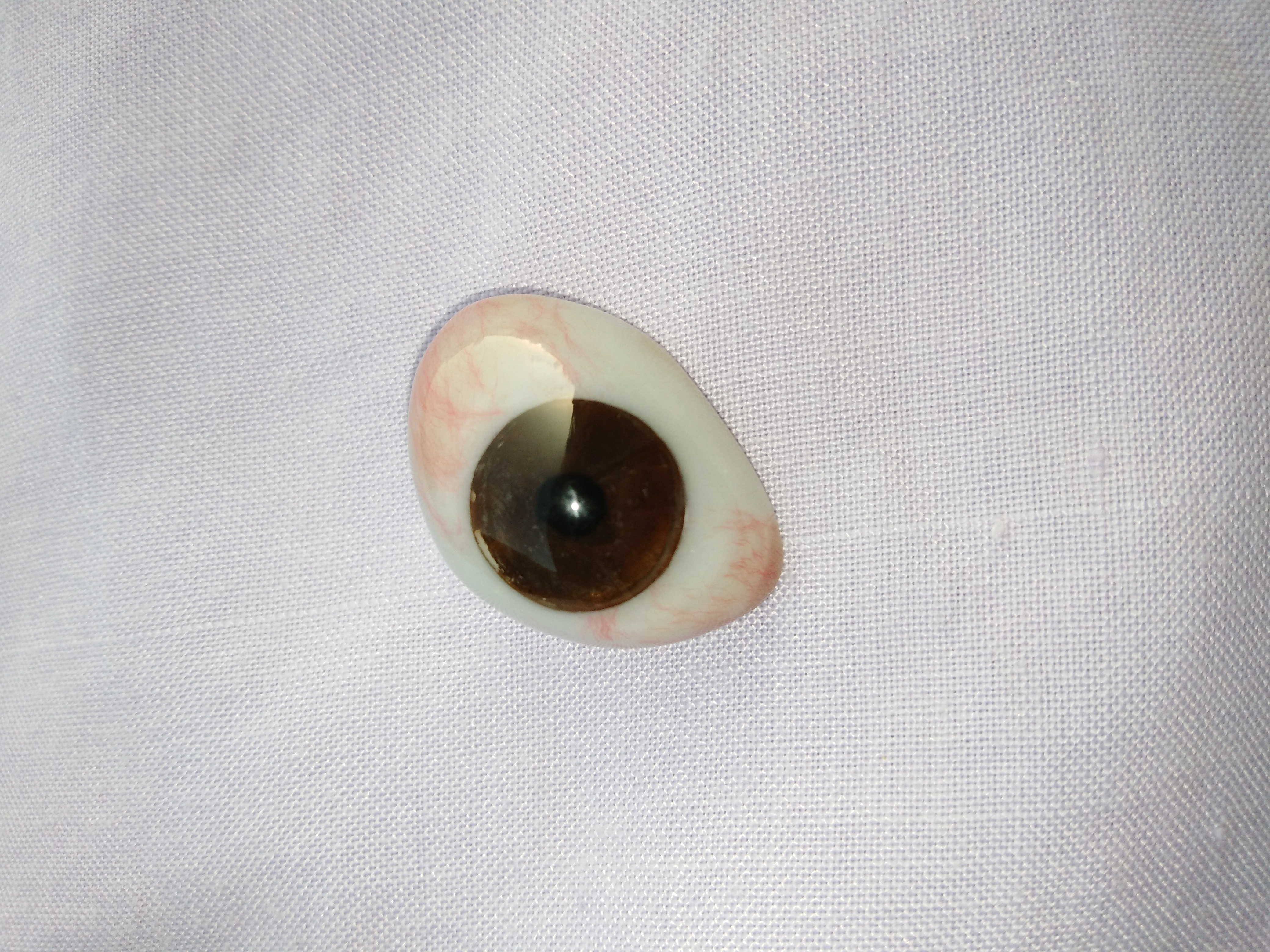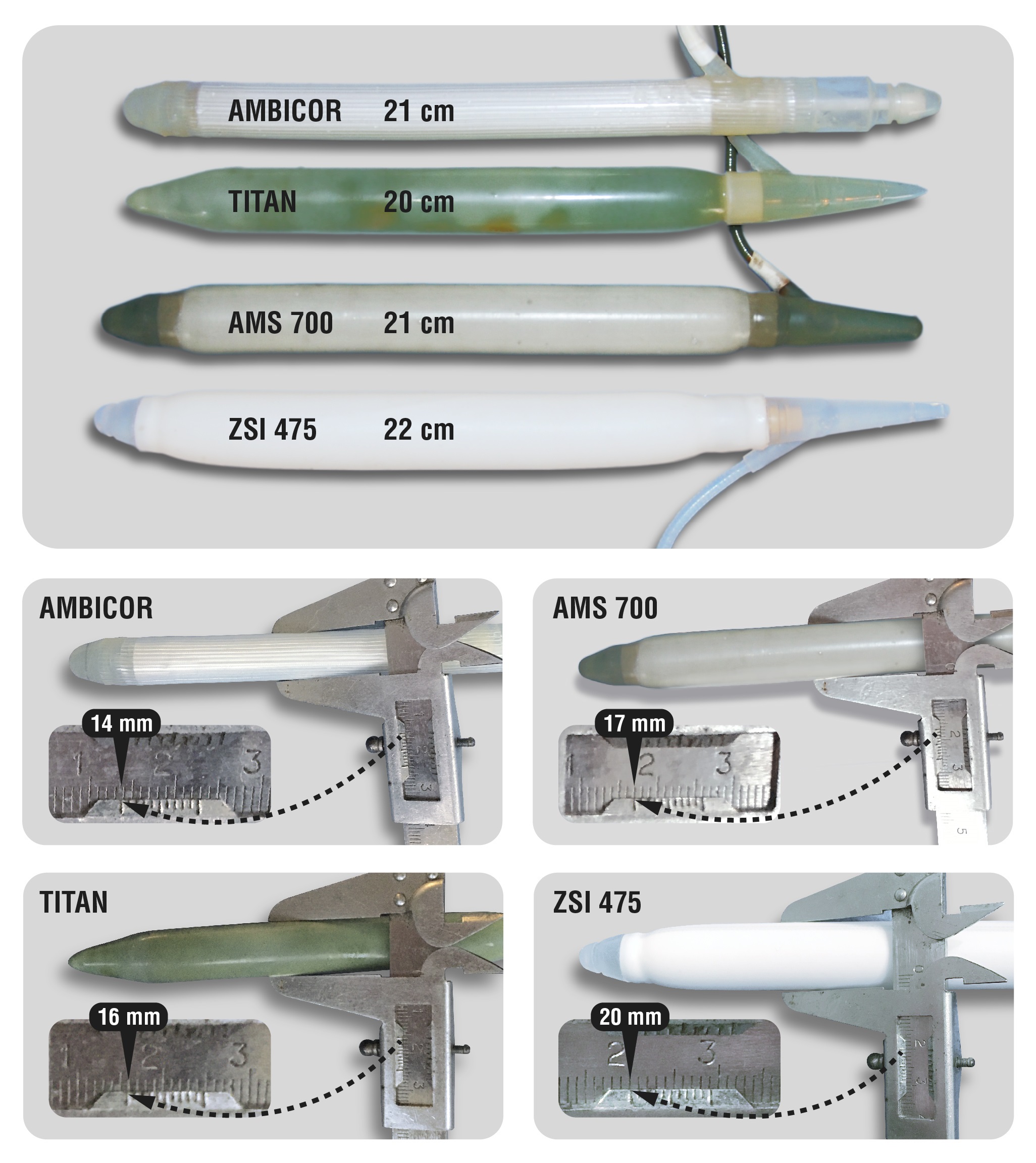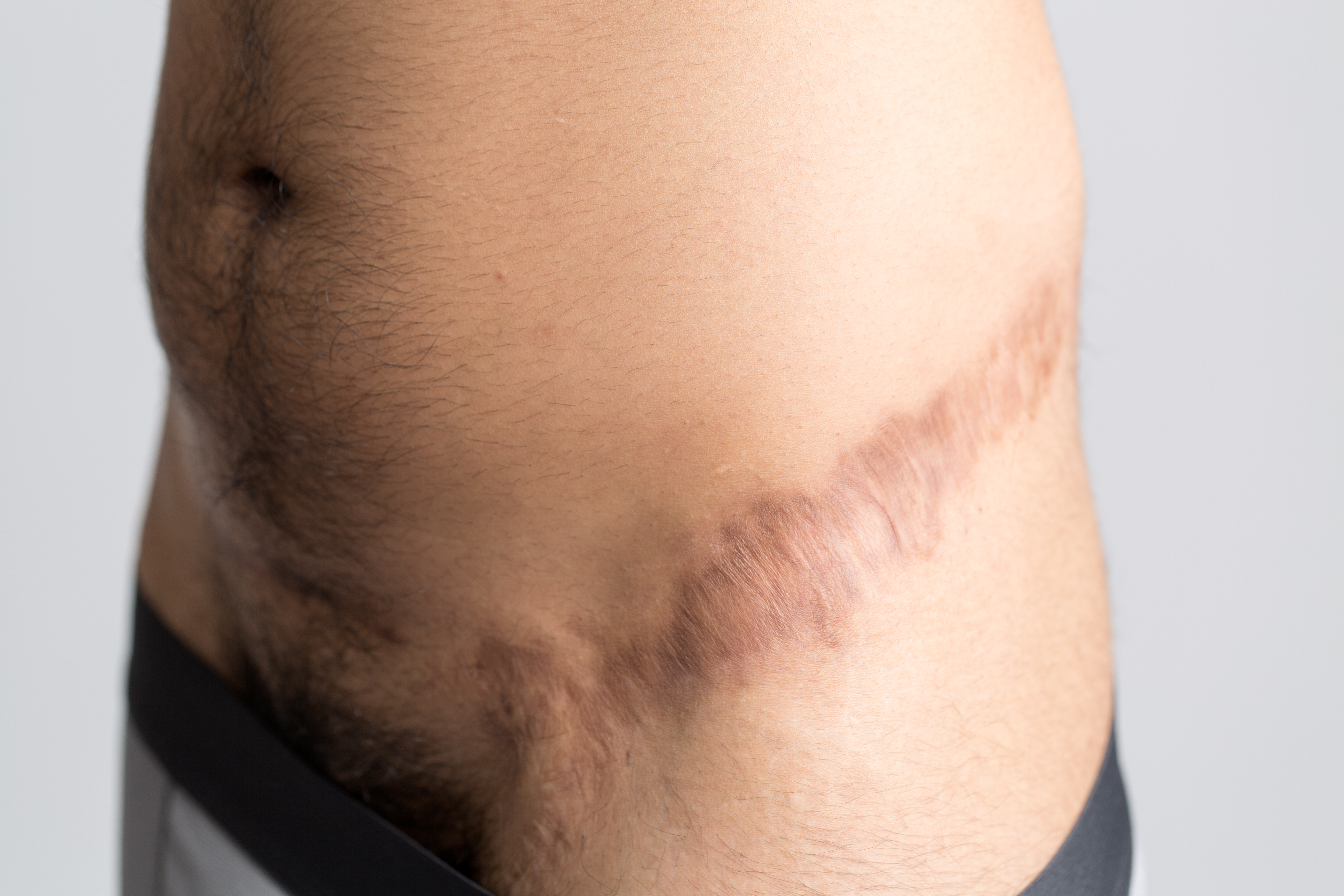|
Prosthetic
In medicine, a prosthesis (plural: prostheses; from grc, πρόσθεσις, prósthesis, addition, application, attachment), or a prosthetic implant, is an artificial device that replaces a missing body part, which may be lost through trauma, disease, or a condition present at birth (congenital disorder). Prostheses are intended to restore the normal functions of the missing body part. Amputee rehabilitation is primarily coordinated by a physiatrist as part of an inter-disciplinary team consisting of physiatrists, prosthetists, nurses, physical therapists, and occupational therapists. Prostheses can be created by hand or with computer-aided design (CAD), a software interface that helps creators design and analyze the creation with computer-generated 2-D and 3-D graphics as well as analysis and optimization tools. Types A person's prosthesis should be designed and assembled according to the person's appearance and functional needs. For instance, a person may need a transr ... [...More Info...] [...Related Items...] OR: [Wikipedia] [Google] [Baidu] |
Dental Implant
A dental implant (also known as an endosseous implant or fixture) is a prosthesis that interfaces with the bone of the jaw or skull to support a dental prosthesis such as a crown, bridge, denture, or facial prosthesis or to act as an orthodontic anchor. The basis for modern dental implants is a biologic process called osseointegration, in which materials such as titanium or zirconia form an intimate bond to bone. The implant fixture is first placed so that it is likely to osseointegrate, then a dental prosthetic is added. A variable amount of healing time is required for osseointegration before either the dental prosthetic (a tooth, bridge or denture) is attached to the implant or an abutment is placed which will hold a dental prosthetic/crown. Success or failure of implants depends on the health of the person receiving the treatment, drugs which affect the chances of osseointegration, and the health of the tissues in the mouth. The amount of stress that will be put on the ... [...More Info...] [...Related Items...] OR: [Wikipedia] [Google] [Baidu] |
Ocular Prosthesis
An ocular prosthesis, artificial eye or glass eye is a type of craniofacial prosthesis that replaces an absent natural eye following an enucleation, evisceration, or orbital exenteration. The prosthesis fits over an orbital implant and under the eyelids. Though often referred to as a glass eye, the ocular prosthesis roughly takes the shape of a convex shell and is made of medical grade plastic acrylic. A few ocular prostheses today are made of cryolite glass. A variant of the ocular prosthesis is a very thin hard shell known as a scleral shell which can be worn over a damaged or eviscerated eye. Makers of ocular prosthetics are known as ocularists. An ocular prosthesis does ''not'' provide vision; this would be a visual prosthesis. Someone with an ocular prosthesis is altogether blind on the affected side and has monocular (one sided) vision. History The earliest known evidence of the use of ocular prosthesis is that of a woman found in Shahr-I Sokhta, Iran dating back t ... [...More Info...] [...Related Items...] OR: [Wikipedia] [Google] [Baidu] |
Orbital Prosthesis
An ocular prosthesis, artificial eye or glass eye is a type of craniofacial prosthesis that replaces an absent natural eye following an enucleation, evisceration, or orbital exenteration. The prosthesis fits over an orbital implant and under the eyelids. Though often referred to as a glass eye, the ocular prosthesis roughly takes the shape of a convex shell and is made of medical grade plastic acrylic. A few ocular prostheses today are made of cryolite glass. A variant of the ocular prosthesis is a very thin hard shell known as a scleral shell which can be worn over a damaged or eviscerated eye. Makers of ocular prosthetics are known as ocularists. An ocular prosthesis does ''not'' provide vision; this would be a visual prosthesis. Someone with an ocular prosthesis is altogether blind on the affected side and has monocular (one sided) vision. History The earliest known evidence of the use of ocular prosthesis is that of a woman found in Shahr-I Sokhta, Iran dating bac ... [...More Info...] [...Related Items...] OR: [Wikipedia] [Google] [Baidu] |
Breast Prostheses
Breast prostheses are breast forms intended to look like breasts. They are often used temporarily or permanently by women after mastectomy or lumpectomy procedures, but may also be used by for aesthetic purposes. There are a number of materials and designs; although, the most common construction is gel (silicone or water-based) in a plastic film meant to feel similar to a person's skin. Prostheses may be purchased at a surgical supply store, pharmacy, custom lingerie shop, or even through private services that come to a person's home. There are many types of ready made breast prostheses including full or standard prostheses, partial prostheses such a shell prostheses, and stick on prostheses. Customized options are also available from specialty shops, which are moulded to fit an individual's chest by taking an impression of the breast(s). The areola and nipple may be replicated as part of the breast form or as separate nipple prosthesis. Both custom made and off-the shelf breast ... [...More Info...] [...Related Items...] OR: [Wikipedia] [Google] [Baidu] |
Nipple Prosthesis
Nipple/Areola prostheses (prostheses is the plural of prosthesis) are made of silicone by breast prosthesis manufacturers and anaplastologists for breast cancer survivors who were treated for breast cancer with a mastectomy. Prostheses can be worn weeks after a mastectomy, breast reconstruction, or even nipple reconstruction. As an inexpensive and convenient alternative to surgery, patients may choose to wear them anytime during treatment. Patients who ultimately find nipple prostheses thought that they should be informed of them during the consultation prior to mastectomy (Janes S 2005). Fabrication Nipple prosthetics are made of silicone and are adhered to the skin. There are several different types of prostheses with different benefits and costs. * Mass-produced and “semi-custom” prostheses allow women to choose from a few colors and sizes. The majority of mass-produced prostheses are self-adhering and last three months because the materials are weaker and the adhesi ... [...More Info...] [...Related Items...] OR: [Wikipedia] [Google] [Baidu] |
Penile Implant
A penile implant is an implanted device intended for the treatment of erectile dysfunction, Peyronie's disease, ischemic priapism, deformity and any traumatic injury of the penis, and for phalloplasty or metoidioplasty, including in gender-affirming surgery. Men also opt for penile implants for aesthetic purposes. Men’s satisfaction and sexual function is influenced by discomfort over genital size which leads to seek surgical and non-surgical solutions for penis alteration. Although there are many distinct types of implants, most fall into one of two categories: malleable and inflatable transplants. History The first modern prosthetic reconstruction of a penis is attributed to NA Borgus, a German physician who performed the first surgical attempts in 1936 on soldiers with traumatic amputations of the penis. He used rib cartilages as prosthetic material and reconstructed the genitals for both micturition and intercourse purposes. Willard E. Goodwin and William Wallace Sc ... [...More Info...] [...Related Items...] OR: [Wikipedia] [Google] [Baidu] |
Craniofacial Prosthesis
Craniofacial prostheses are prostheses made by individuals trained in anaplastology or Prosthodontics, maxillofacial prosthodontics who medically help rehabilitate those with facial defects caused by disease (mostly progressed forms of skin cancer, and head and neck cancer), trauma (outer ear trauma, eye trauma) or birth defects (microtia, anophthalmia). They have the ability to replace almost any part of the face, but most commonly the ear, Human nose, nose or human eye, eye/eyelids. An ocular prosthesis and hair prosthesis can also be classified as craniofacial prostheses. Prostheses are held in place either by biocompatible drying adhesives, Osseointegration, osseointegrated implants, magnets, or another mechanical means (although rare) such as glasses or straps. Prostheses are designed to be as similar as possible to the natural anatomy of each individual. Their purpose is to cover, protect, and disguise facial disfigurements or underdevelopments. When surgical reconstruc ... [...More Info...] [...Related Items...] OR: [Wikipedia] [Google] [Baidu] |
Amputation
Amputation is the removal of a limb by trauma, medical illness, or surgery. As a surgical measure, it is used to control pain or a disease process in the affected limb, such as malignancy or gangrene. In some cases, it is carried out on individuals as a preventive surgery for such problems. A special case is that of congenital amputation, a congenital disorder, where fetal limbs have been cut off by constrictive bands. In some countries, amputation is currently used to punish people who commit crimes. Amputation has also been used as a tactic in war and acts of terrorism; it may also occur as a war injury. In some cultures and religions, minor amputations or mutilations are considered a ritual accomplishment. When done by a person, the person executing the amputation is an amputator. The oldest evidence of this practice comes from a skeleton found buried in Liang Tebo cave, East Kalimantan, Indonesian Borneo dating back to at least 31,000 years ago, where it was done whe ... [...More Info...] [...Related Items...] OR: [Wikipedia] [Google] [Baidu] |
Palatal Obturator
{{no footnotes, date=February 2017 The Latham Device Post Latham Nasal Alveolar Molding Device Post Insertion A palatal obturator is a prosthesis that totally occludes an opening such as an oronasal fistula (in the roof of the mouth). They are similar to dental retainers, but without the front wire. Palatal obturators are typically short-term prosthetics used to close defects of the hard/soft palate that may affect speech production or cause nasal regurgitation during feeding. Following surgery, there may remain a residual orinasal opening on the palate, alveolar ridge, or vestibule of the larynx. A palatal obturator may be used to compensate for hypernasality and to aid in speech therapy targeting correction of compensatory articulation caused by the cleft palate. In simpler terms, a palatal obturator covers any fistulas (or "holes") in the roof of the mouth that lead to the nasal cavity, providing the wearer with a plastic/acrylic, removable roof of the mouth, which aids in ... [...More Info...] [...Related Items...] OR: [Wikipedia] [Google] [Baidu] |
Phalloplasty
Phalloplasty is the construction or reconstruction of a penis or the artificial modification of the penis by surgery. The term is also occasionally used to refer to penis enlargement. History Russian surgeon Nikolaj Bogoraz performed the first reconstruction of a total penis using rib cartilage in a reconstructed phallus made from a tubed abdominal flap in 1936. The first female to male sex reassignment surgery was performed in 1946 by Sir Harold Gillies on fellow physician Michael Dillon, a trans man, documented in Pagan Kennedy's book ''The First Man-Made Man''. Gillies' technique remained the standard one for decades. Later improvements in microsurgery made more techniques available. Indications A complete construction or reconstruction of a penis can be performed on patients who: * Have congenital anomalies such as micropenis, epispadias, and hypospadias * Have lost their penis * Desire sex reassignment surgery as part of their gender transition. Techniques and relate ... [...More Info...] [...Related Items...] OR: [Wikipedia] [Google] [Baidu] |
Sex Reassignment Surgery (female-to-male)
Sex reassignment surgery for female-to-male transgender people includes a variety of surgical procedures that alter anatomical traits to provide physical traits more comfortable to the trans man's male identity and functioning. Often used to refer to phalloplasty, metoidoplasty, or vaginectomy, sex reassignment surgery can also more broadly refer to many procedures an individual may have, such as male chest reconstruction, hysterectomy, or oophorectomy. Sex reassignment surgery is usually preceded by beginning hormone treatment with testosterone. Chest reconstruction Chest reconstruction ("top surgery") is an important component of transition in the transmasculine population that can substantially improve gender incongruence. This might be done as a step in the process of treating distress due to a difference between experienced or expressed gender and sex assigned at birth (gender dysphoria). The procedure can help transgender men transition physically to their self ... [...More Info...] [...Related Items...] OR: [Wikipedia] [Google] [Baidu] |
Physical Medicine And Rehabilitation
Physical medicine and rehabilitation, also known as physiatry, is a branch of medicine that aims to enhance and restore functional ability and quality of life to people with physical impairments or disabilities. This can include conditions such as spinal cord injuries, brain injuries, strokes, as well as pain or disability due to muscle, ligament or nerve damage. A physician having completed training in this field may be referred to as a physiatrist. Scope of the field Physical medicine and rehabilitation encompasses a variety of clinical settings and patient populations. In hospital settings, physiatrists commonly treat patients who have had an amputation, spinal cord injury, stroke, traumatic brain injury, and other debilitating injuries or conditions. In treating these patients, physiatrists lead an interdisciplinary team of physical, occupational, recreational and speech therapists, nurses, psychologists, and social workers. In outpatient settings, physiatrists ... [...More Info...] [...Related Items...] OR: [Wikipedia] [Google] [Baidu] |







